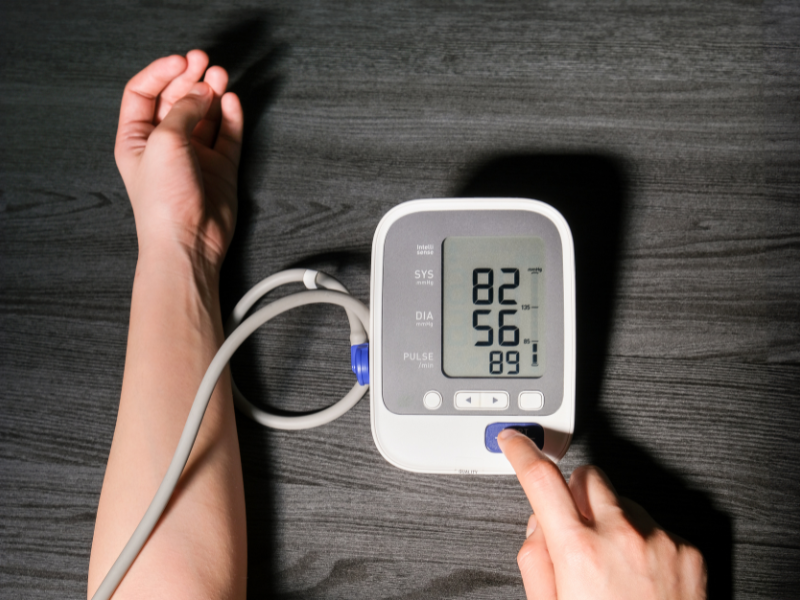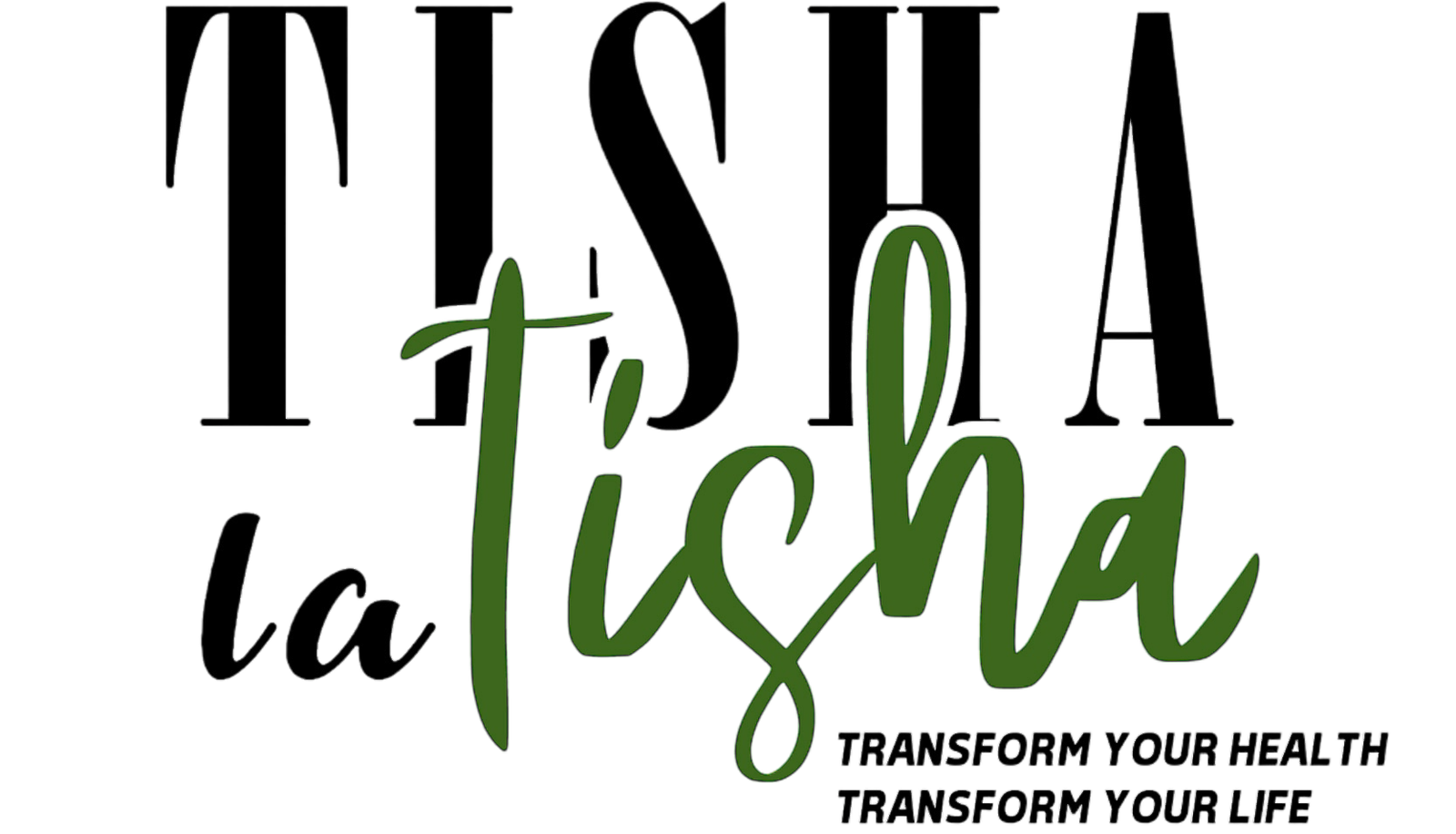Blood pressure, also called arterial pressure, represents the force exerted by the blood on the walls of the arteries. This force can vary throughout the day depending on activities, stress, and several other factors. If blood pressure is systematically too high or too low, it is necessary to discuss it with a health professional. The following article will enlighten you on the subject.

What are the target values?
Blood pressure values are defined by 2 numbers. The first is the value of the maximum force exerted on the arteries when the heart contracts. This value is called systolic pressure. The second number is the force exerted on the arteries when the heart relaxes. This is called diastolic pressure.
For most people, the target blood pressure is below 140/90 mmHg. However, for diabetics, to prevent damage to the vessels, the target will usually be lower (130/80 mmHg). For very elderly people, it is possible to aim for a pressure slightly higher than for the general population, to prevent falls. A blood pressure below 120/80 mmHg is considered normal.
Hyper ou hypo?
As the name suggests, hypertension is when blood pressure is too high. Conversely, hypotension occurs when blood pressure is too low. There is no specific value to define hypotension, it is all a matter of symptoms. As mentioned earlier, pressure varies throughout the day, so you cannot rely on a single value to make a diagnosis.
How do I know if I have high blood pressure?
Often, no symptoms will be felt. This is why hypertension is often nicknamed “the silent killer”. In the absence of symptoms, it will only be possible to detect hypertension by checking the systolic and diastolic pressure values using a blood pressure monitor.
Although there are usually no symptoms, some people may experience headaches, shortness of breath, or nosebleeds. Since these symptoms are not specific, a blood pressure check may indicate what to do next.
What are the symptoms of low blood pressure?
Some people will not experience anything in particular, but the following symptoms are often associated with low blood pressure: dizziness, fatigue, fainting, nausea, and blurred vision.
What are the potential complications?
In the long run, high blood pressure can be very harmful. The excessive force exerted by the blood can lead to serious health problems such as heart attack, stroke, kidney failure, etc.
On the other hand, hypotension can lead to falls. It is these falls that can lead to serious consequences, such as fractures.
How to better control your blood pressure?
Several non-pharmacological measures can help to better control blood pressure. These measures help to maintain good cardiovascular health in general. In particular,
- Stop smoking
- Eat a balanced diet (too much salt can increase blood pressure)
- Have a healthy weight
- Exercise (it doesn’t have to be very intense activity, walking can be beneficial)
- Limit alcohol consumption
- Have good stress management
If you suffer from hypotension, it will be important to stay hydrated, especially in hot weather, to avoid eating large meals, and to make changes in position delicately (e.g., go slowly when moving from lying down to standing up).
And what about medication?
If your healthcare professional prescribes one or more medications to control your blood pressure, it is essential to take them according to the indicated dosage to prevent complications related to uncontrolled pressure. Since symptoms are often absent in the presence of hypertension, you should not rely on symptoms to know when to take your medication. Since blood pressure medications can interact with natural products or over-the-counter medications, it is important to validate compatibility with a healthcare professional.
